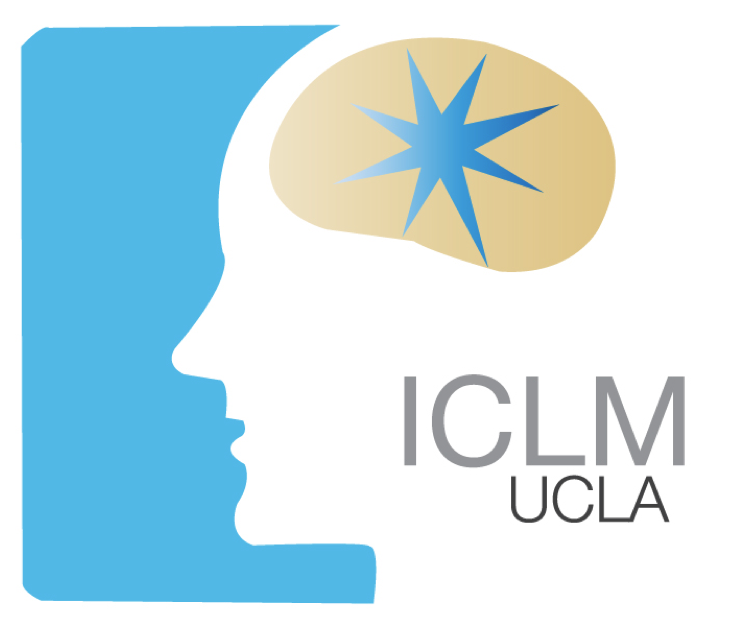
Recent publications:
Hyafil A, de la Rocha J, Pericas C, Katz LN, Huk AC, Pillow JW. (2023). Temporal integration is a robust feature of perceptual decisions. Elife. 12:e84045.
Levi AJ, Zhao Y, Park IM, Huk AC. (2023). Sensory and choice responses in MT distinct from motion encoding. J Neurosci. 43(12):2090-2103.
Hart E, Huk AC. (2020). Recurrent circuit dynamics underlie persistent activity in the [...] frontoparietal network. Elife. 9:e52460.
Huk AC, Hart E. (2019). Parsing signal and noise in the brain. Science. 9;364(6437):236-237.
Knöll J, Pillow JW, Huk AC. Lawful tracking of visual motion in humans [...] in a naturalistic, continuous, and untrained behavioral context. (2018). PNAS. 115(44):E10486-E10494.
Yates JL, Park IM, Katz LN, Pillow JW, Huk AC. (2017). Functional dissection of signal and noise in MT and LIP during decision-making. Nat Neurosci. 20(9):1285-1292.
Katz LN, Yates JL, Pillow JW, Huk AC. (2016). Dissociated functional significance of decision-related activity in the primate dorsal stream. Nature. 535(7611):285-8.
 I.C. Learning & Memory
I.C. Learning & Memory